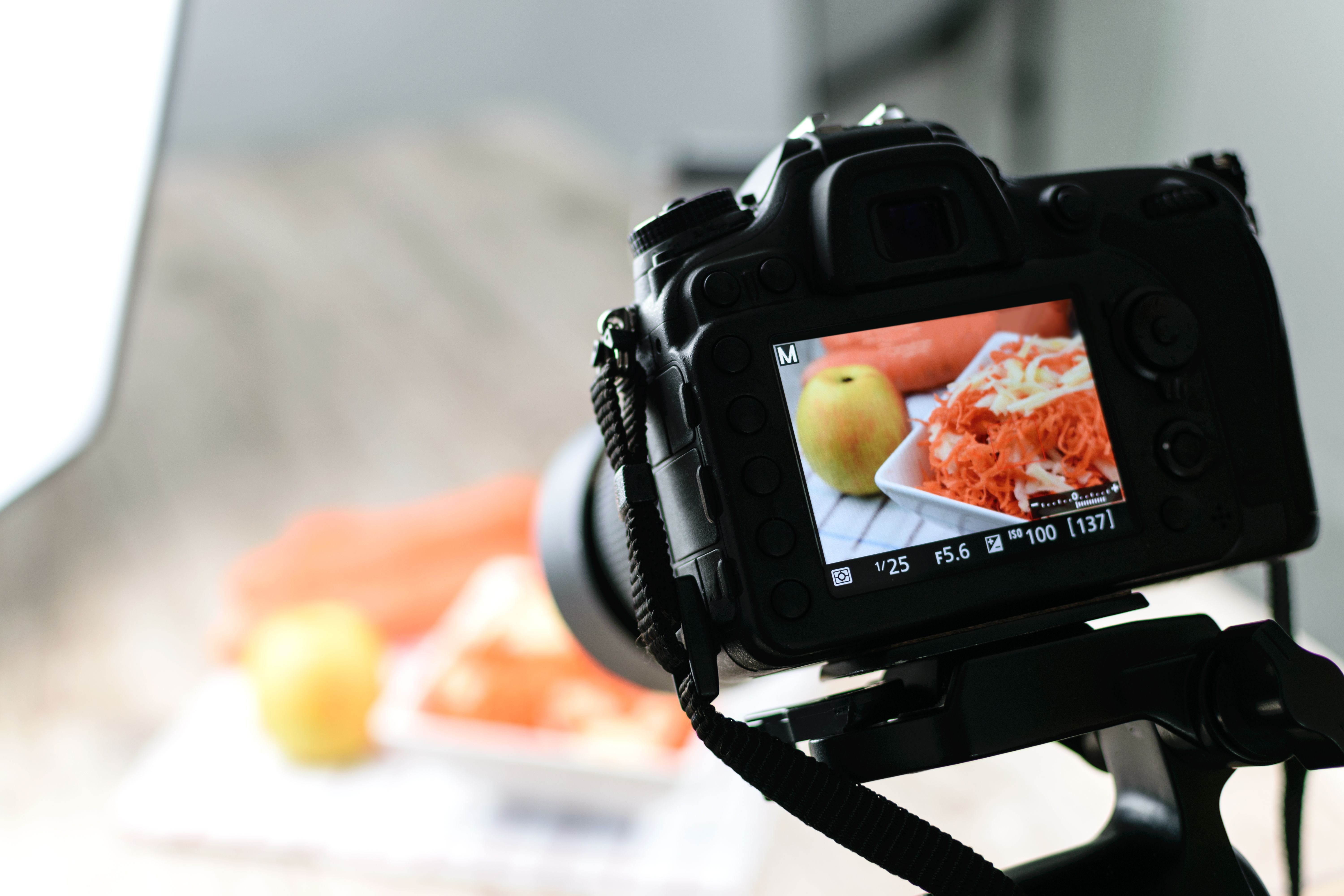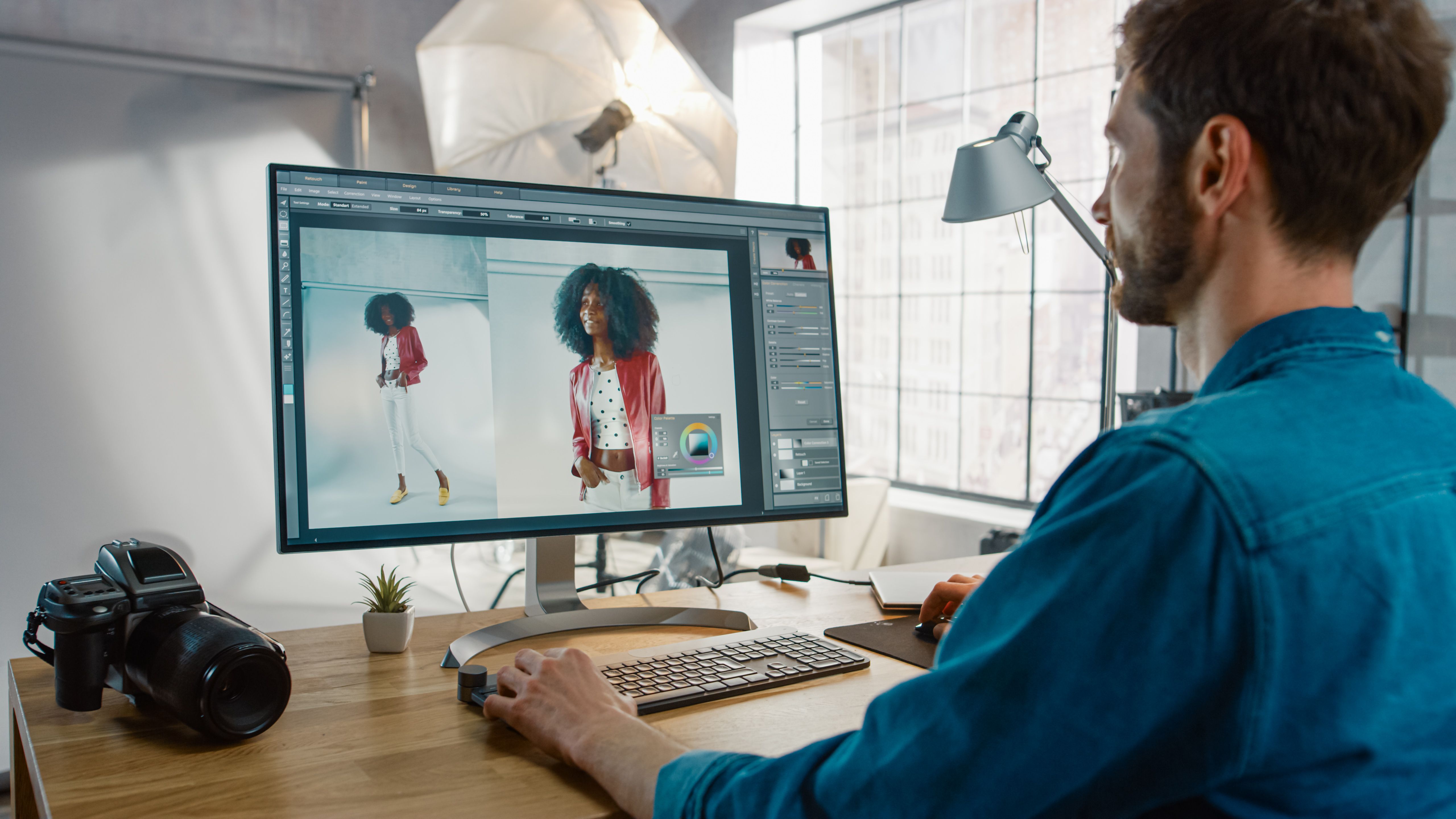A Beginner’s Guide to Editing Food Photos Naturally
Understanding the Basics of Food Photography
Editing food photos is an essential skill for food bloggers, chefs, and anyone looking to elevate their culinary presentations online. The key to successful food photo editing is to ensure that your images look appetizing and natural, drawing viewers in without looking overly processed. In this guide, we'll cover the basics of editing food photos to enhance their natural appeal.

Start with a Great Photo
Before diving into editing, it's crucial to start with a well-composed photograph. Good lighting, composition, and focus are foundational elements that will significantly ease the editing process. Natural light is often the best choice for food photography, providing a soft and inviting look that artificial lighting can sometimes lack. Make sure your photo is sharp and well-framed before moving on to editing.
Adjusting Brightness and Contrast
The first step in editing is usually adjusting the brightness and contrast. These adjustments can make a significant difference in how your food appears. Increase the brightness slightly to give the photo a fresh look, and adjust the contrast to make the colors pop while maintaining a natural appearance. Be careful not to overdo it, as too much contrast can make the photo look harsh.

Enhancing Colors Naturally
Color is a crucial component of food photography. When editing, aim to enhance the natural colors of the dish without making them look unrealistic. Use the saturation tool sparingly to boost colors. If you're working with fruits or vegetables, enhancing greens or reds can make them appear more vibrant. Keep in mind that subtlety is key; you want the dish to look delicious, not artificial.
Sharpening Your Image
Sharpening is an essential step in food photo editing. It helps bring out the details and textures of the dish, making it look more appealing. Use the sharpening tool to enhance those tiny details that make food look delectable. However, use caution: too much sharpening can introduce noise and make the image look grainy.

Final Touches and Consistency
Before finalizing your edits, take a moment to review your image as a whole. Ensure that the overall look is cohesive and consistent with other images you may have edited. Consistency in your editing style helps create a recognizable aesthetic for your brand or blog.
Using Presets for Efficiency
If you find yourself editing multiple images frequently, creating or using presets can save you time while maintaining consistency. Presets are pre-defined settings that can be applied across images with a single click. They are especially useful if you're handling a large batch of photos from the same shoot. However, always be ready to tweak individual images as needed to keep them looking their best.
By following these guidelines, you'll be well on your way to creating naturally beautiful food photos that entice viewers and enhance your culinary storytelling. Remember, the goal is to enhance what is already there without altering the essence of the dish.
